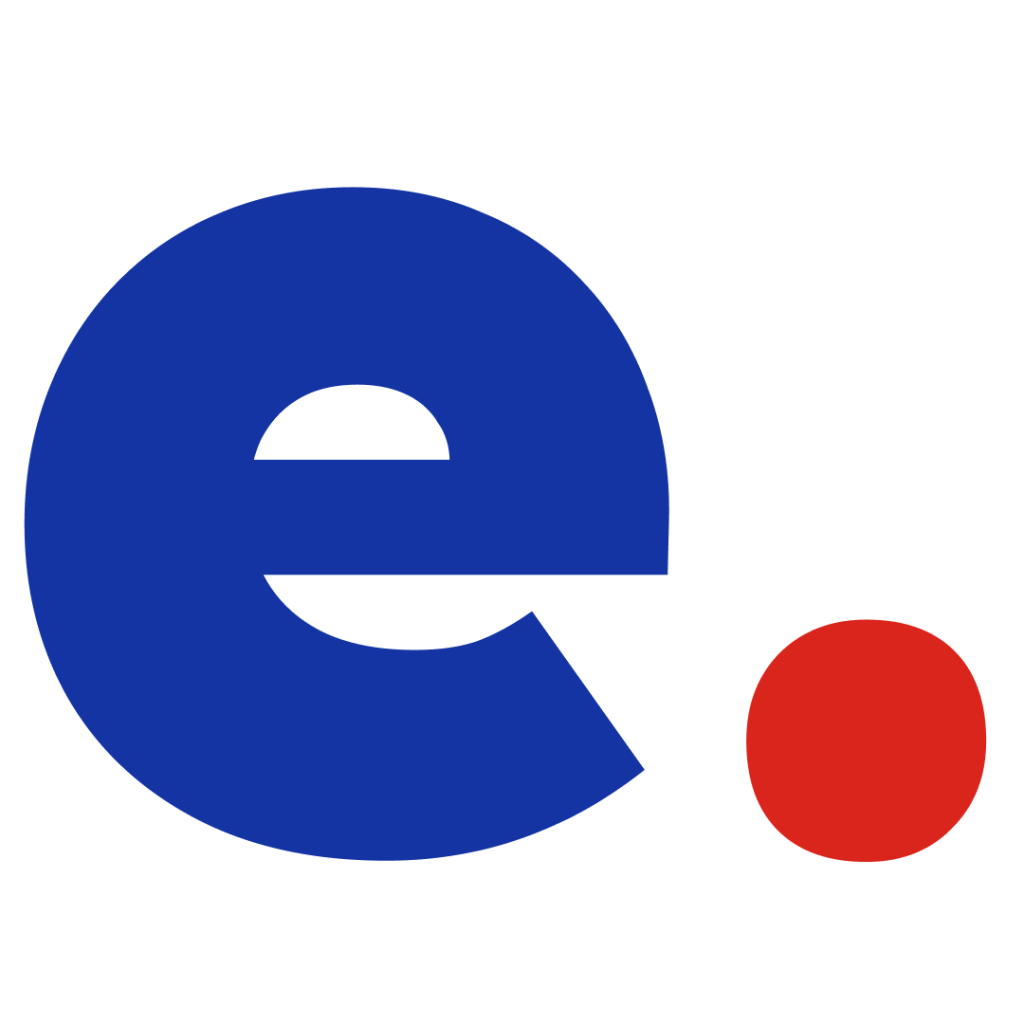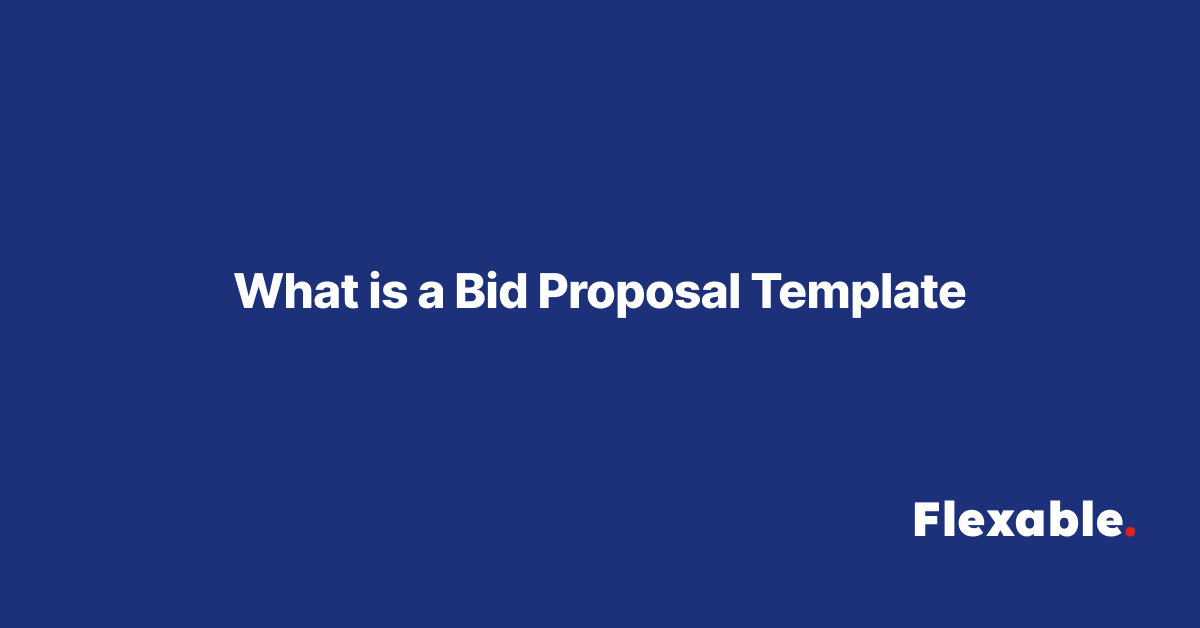A bid proposal template is a pre-designed document that helps freelancers, contractors, or businesses submit detailed and professional proposals to potential clients when competing for a project. It acts as a structured framework for outlining the scope of work, costs, timelines, and other crucial details required to secure a project. A well-crafted bid proposal template not only saves time but also ensures consistency and professionalism, giving freelancers a competitive edge in the crowded freelancing industry.
Why is a Bid Proposal Template Important?
In the freelancing world, competition can be fierce. Whether you’re a graphic designer, software developer, or marketing consultant, winning a project often depends on how well you present your pitch. A bid proposal template is an essential tool for several reasons:
- Professionalism:
It creates a polished and organized first impression, demonstrating your credibility and seriousness. - Efficiency:
With a template in place, freelancers can quickly customize their proposals for different projects, saving valuable time. - Clarity:
A structured template ensures all necessary information is included, reducing the chances of miscommunication or misunderstandings. - Competitive Edge:
A detailed and visually appealing proposal helps you stand out from other applicants, especially on platforms like Upwork, Fiverr, or Freelancer. - Flexibility:
It can be tailored to different industries or project types, making it a versatile tool for various freelance niches.
Key Components of a Bid Proposal Template
While the content of a bid proposal may vary based on the project or industry, certain elements are universal. Here are the critical sections that should be included:
1. Cover Letter or Introduction
- Purpose: The cover letter introduces you, your skills, and why you are the right fit for the project.
- Tips: Keep it concise, personalized, and focused on the client’s needs. Mention key highlights that make you stand out, such as experience in similar projects.
2. Project Understanding
- Purpose: Show the client that you understand their requirements and goals.
- Tips: Paraphrase the client’s project description and briefly explain how you plan to address their needs.
3. Scope of Work
- Purpose: Outline the specific tasks, deliverables, and objectives you will achieve for the client.
- Tips: Break down the project into milestones or phases for clarity. Use bullet points for easy readability.
4. Timeline
- Purpose: Provide an estimated timeline for completing the project.
- Tips: Be realistic and include specific deadlines for milestones. This helps manage client expectations.
5. Pricing and Budget
- Purpose: Clearly state the cost of your services, broken down by milestones or deliverables if necessary.
- Tips: Be transparent about pricing and include details about additional costs, such as revisions or software expenses.
6. Skills and Expertise
- Purpose: Highlight your relevant skills, qualifications, and experience that make you the ideal candidate for the project.
- Tips: Mention specific tools, software, or certifications relevant to the job.
7. Portfolio or Samples
- Purpose: Showcase your previous work to demonstrate your capabilities.
- Tips: Include links or attachments to projects similar to the client’s requirements.
8. Terms and Conditions
- Purpose: Define the rules and boundaries of the project, including revisions, payment terms, and ownership rights.
- Tips: Keep this section straightforward and ensure it aligns with the platform’s or client’s policies.
9. Call to Action
- Purpose: Encourage the client to take the next step, such as scheduling a meeting or awarding the project.
- Tips: Keep it friendly and professional, expressing enthusiasm for the opportunity.
Benefits of Using a Bid Proposal Template
- Consistency Across Proposals:
A template ensures all proposals maintain a professional tone and structure, increasing your chances of winning multiple projects. - Time-Saving:
Instead of starting from scratch for each proposal, you can quickly customize the template to match the client’s specific needs. - Improved Accuracy:
A standardized format minimizes the risk of forgetting important details, such as deliverables or pricing. - Enhanced Client Perception:
A well-organized proposal demonstrates attention to detail and professionalism, building trust with potential clients. - Scalability:
As you gain more experience, you can refine and improve your template, making it an even more effective tool over time.
Tips for Creating an Effective Bid Proposal Template
- Keep It Simple and Clear:
Avoid jargon and focus on clarity. A client should be able to understand your proposal without effort. - Use Visual Elements:
Incorporate design elements like headers, bullet points, and tables to make your proposal visually appealing and easy to navigate. - Personalize for Each Client:
While the template provides a structure, always tailor the content to address the client’s specific needs and preferences. - Proofread Thoroughly:
Typos or grammatical errors can undermine your professionalism. Always double-check your proposal before submission. - Highlight Value:
Focus on the value you bring to the client’s project rather than just listing your skills or experience.
Common Mistakes to Avoid
- Overloading with Information:
Keep your proposal concise and relevant to the client’s requirements. Avoid overwhelming them with unnecessary details. - Ignoring Client Priorities:
Failing to address the client’s specific needs can make your proposal appear generic and unengaging. - Overpromising:
Be realistic about what you can deliver. Overpromising and underdelivering can harm your reputation. - Neglecting Visual Appeal:
A poorly formatted proposal can leave a bad impression, even if the content is strong. - Skipping Terms and Conditions:
Always include terms to protect yourself and set clear boundaries for the project.
Conclusion
A bid proposal template is an invaluable tool for freelancers and contractors seeking to win projects in a competitive marketplace. It streamlines the process of creating professional, detailed, and client-focused proposals that showcase your expertise and understanding of the client’s needs. By including essential sections like scope of work, pricing, and timelines, you can present yourself as a reliable and skilled professional, increasing your chances of securing the project.
Whether you’re new to freelancing or a seasoned expert, investing time in crafting a strong bid proposal template can save you effort and help you stand out from the competition. It’s not just about winning a project, it’s about building trust and laying the foundation for a successful collaboration.

